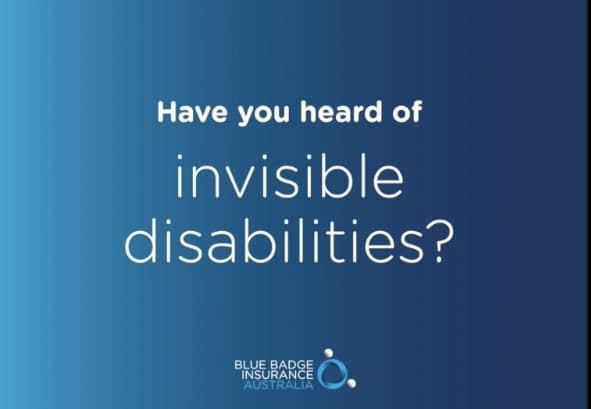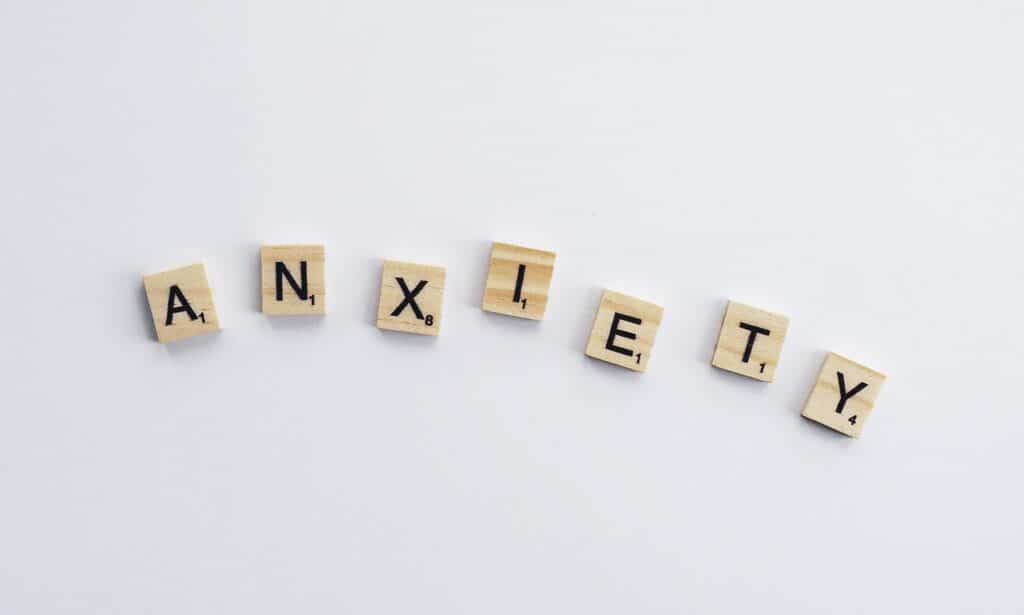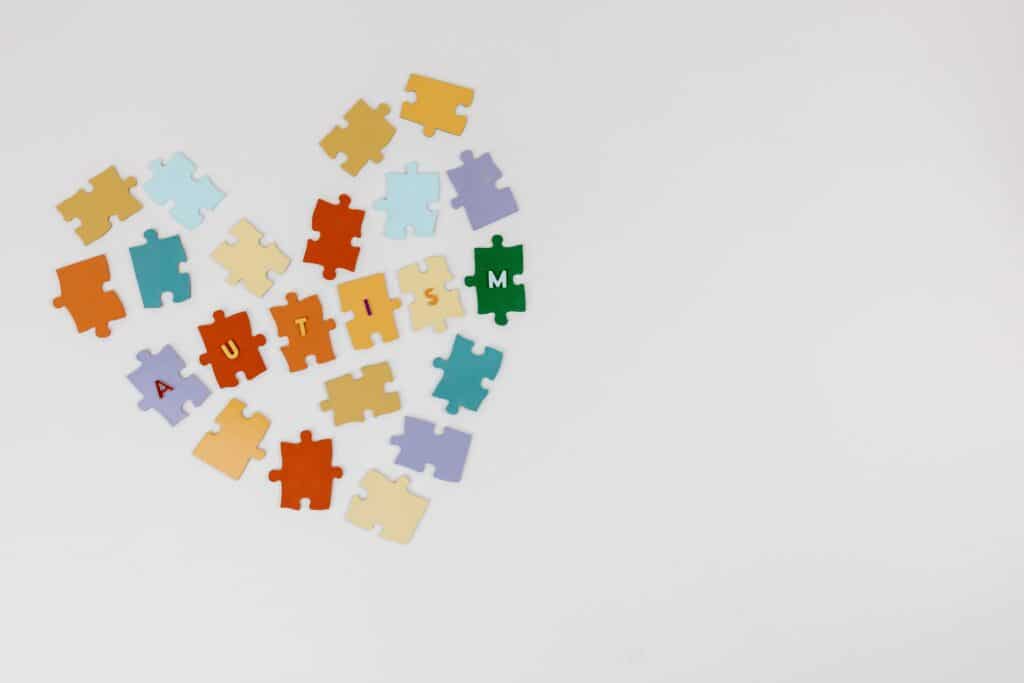How can you tell if a person qualifies for a disability parking permit? You can’t! Nearly 5 million people in Australia live with an invisible disability like post-traumatic stress disorder (PTSD), anxiety, depression and autism.
These are people of all ages and backgrounds. But because you can’t see their disability, they’re often misunderstood and misrepresented or ignored. This article delves into what an invisible disability is and these common conditions.
Table of contents
What are invisible disabilities?
The common public perception (misconception) is that only people who use wheelchairs or other disability equipment qualify have a disability. This is simply not true.
There are many disabilities that can’t be seen just by looking at someone. Examples include Multiple Sclerosis, cancer, epilepsy, arthritis, lung disease, Parkinson’s Disease, fibromyalgia, acquired brain injury and many more. It’s said that about 90% of the 4.4 million Australians with disability have one or more invisible disabilities.
With 26,250,000 Australians at the time of writing, that’s a LOT of people living with invisible disabilities.
A similar misconception surrounds disability parking permits, in that many people who are eligible for accessible parking don’t ‘appear’ to have disability. It’s not uncommon at all for someone who has a disability parking permit to not have a disability that’s obvious to the eye.

Do people with invisible disabilities qualify for disability parking permits?
Yes. Plenty of disabilities don’t always need to use of mobility equipment yet they impact people’s ability to walk long distances without difficulty. This is why many Australians with invisible disabilities qualify for disability parking permits.
While the law doesn’t prevent people without disability from using accessible facilities, it’s very clear about accessible parking spaces only being used by valid permit holders. This is why many well-intentioned people feel the need to confront drivers when they don’t appear eligible to use the accessible parking spaces.
Did you know? 74% of our Invisible Disabilities Survey respondents have been verbally harassed or insulted for not ‘looking disabled’ when using a parking bay.
Remember, every disability is different and they’re not always obvious to the casual observer. Accusing someone of getting their permit fraudulently or using someone else’s permit discourages valid permit holders from using the facilities they not only need, but are entitled to use.
Judge the permit. Not the person.
What defines an invisible disability?
According to Wikipedia, “Invisible disabilities, also known as hidden disabilities or non-visible disabilities, are disabilities that are not immediately apparent, are typically chronic illnesses and conditions that significantly impair normal activities of daily living.”
And that is the crux of it – invisible disabilities can have a profound impact on a person’s daily life. There are many types of non-visible disabilities. Among them are, but are not limited to:
- Mental health issues and illnesses such as anxiety, depression, schizophrenia, personality disorders and obsessive compulsive disorder.
- Developmental disabilities like autism and Prader-Willi Syndrome.
- Sensory impairments like deafness, hearing loss, blindness and low vision.
- A cognitive impairment, such as dementia and traumatic brain injury.
- Physical health conditions like diabetes, heart disease, chronic pain, fatigue and respiratory conditions and incontinence.
Find out how having a heart health check could help ward off certain heart conditions.
Is anxiety an invisible disability?
Yes. Anxiety is considered an invisible disability. People who suffer from anxiety disorders frequently experience anxiety over months or years, and it can become so severe that they have difficulty functioning on a daily basis.

In general, an anxiety disorder is diagnosed when:
- It’s out of proportion to the situation and/or age-inappropriate, e.g., four-year-old children are often anxious when meeting new people, but a 40-year-old adult wouldn’t usually exhibit that same level of anxiety.
- Interferes with normal functioning.
Check out this blog post Anxiety – One of Australia’s Most Common Invisible Disabilities for an in-depth understanding of anxiety, from medications to coping mechanisms.
Is depression a disability?
Yes. Depression is a disability.
Depression can hinder a person’s ability to function on a daily basis; it’s a serious mood disorder that interferes with daily activities. Known as major depressive disorder or clinical depression, it affects how you feel, think and behave, and can result in a variety of emotional and physical problems.
In some cases, people may feel as if life isn’t worth living because they find it difficult to function normally.

Depression symptoms include:
- An overwhelming sense of sadness, emptiness, or hopelessness.
- In the midst of fatigue and lack of energy, even small tasks are difficult to accomplish.
- Restlessness, anxiety, or agitation.
- Trouble sleeping, including insomnia and oversleeping.
- Weight loss or weight gain as a result of decreased appetite or increased food cravings.
- Recurrent thoughts of death and suicide or attempts at it. Lifeline (131114) is a free 24/7 nationwide telephone and online counselling service offering professional support to people at risk of suicide, people concerned about someone else, and people struggling with issues in their life. If it’s an emergency, please call 000.
- Feelings of shame or guilt, or blaming oneself for past failures.
- An inability to enjoy most or all normal activities.
- The presence of unexplained physical symptoms, such as back pain or headaches.
- Thinking, concentrating, making decisions, and remembering things are difficult.
- Anger, irritability, or frustration over minor issues.
Watch this video below to learn more about depression and give our popular Easy Depression Meals article a read:
Is autism a disability?
Yes. Autism is a developmental disability. Autism spectrum disorder (ASD) is a neurodevelopmental condition that affects an individual’s ability to learn, communicate, and interact with others. According to the Autism Association of Western Australia, an estimated 1 in 100 people in Australia have autism.
People living with autism generally experience:
- Interaction and communication difficulties.
- Repetitive or restricted behaviours or interests.
- Having delayed language, motor, cognitive, or learning skills.
- Having trouble paying attention.
It’s a disability because these characteristics can make it challenging for autistic people to interact in school, work, and other social settings. Based on the type and severity of these symptoms, the degree of disability will vary.
You can read more about it in our articles: Asperger’s Syndrome Myths and Autism in Girls.

More reading for you
Check out our blog posts for disability education, mobility tips, lifestyle hints and more. If you’re looking for some blog posts to start with, here are a few:
- Helpful Apps to Report Illegal Parking
- Disability Employment Takes a Front Seat in 2023
- How to Renew Your Disability Parking Permit
- The Disability Support Pension in 2023
- Australia’s Older Persons Need More Than Care
It’s important to get appropriate insurance
People living with disabilities may benefit from one of our specialist insurance offerings. Like cover for wheelchairs or insurance for wheelchair accessible vehicles and disability converted cars, for instance.
If you have a disability parking permit, you could qualify for a big discount on both disability car insurance and pet insurance premiums. Sounds like it’s time to get a quote. Click below.








